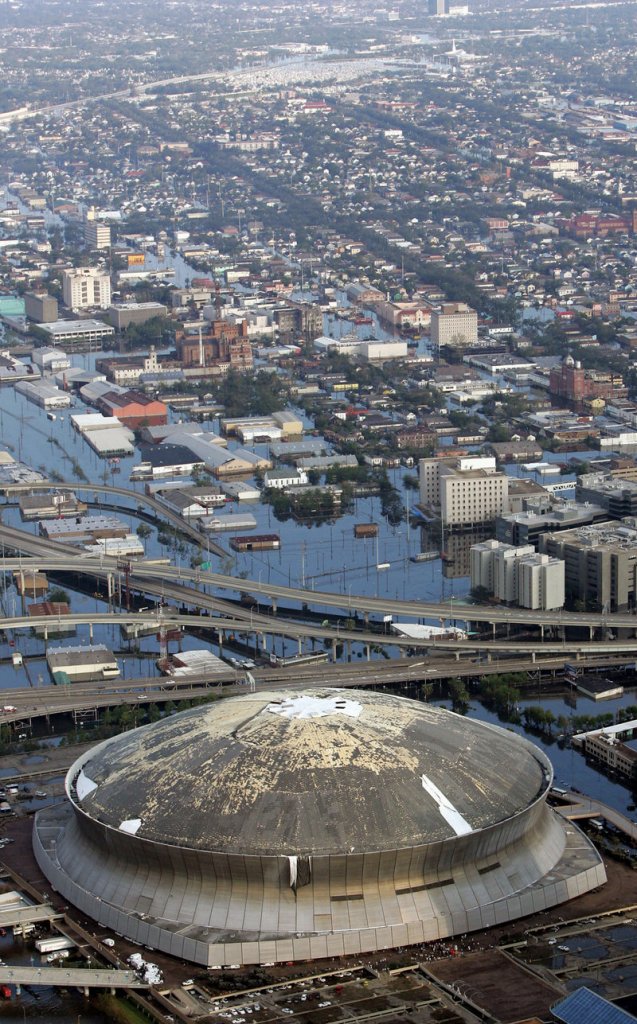WASHINGTON — Global warming is leading to such severe storms, droughts and heat waves that nations should prepare for an unprecedented onslaught of deadly and costly weather disasters, an international panel of climate scientists said in a new report issued Wednesday.
The greatest threat from extreme weather is to highly populated, poor regions of the world, the report warns, but no corner of the globe – from Mumbai to Miami – is immune. The document by a Nobel Prize-winning panel of climate scientists forecasts stronger tropical cyclones and more frequent heat waves, deluges and droughts.
The 594-page report blames the scale of recent and future disasters on a combination of man-made climate change, population shifts and poverty.
In the past, the Intergovernmental Panel on Climate Change, founded in 1988 by the United Nations, has focused on the slow inexorable rise of temperatures and oceans as part of global warming. This report by the panel is the first to look at the less common but far more noticeable extreme weather changes, which lately have been costing on average about $80 billion a year in damage.
“We mostly experience weather and climate through the extreme,” said one of the report’s top editors, Chris Field, an ecologist with the Carnegie Institution of Washington. “That’s where we have the losses. That’s where we have the insurance payments. That’s where things have the potential to fall apart.
“There are lots of places that are already marginal for one reason or another,” Field said. But it’s not just poor areas: “There is disaster risk almost everywhere.”
The report specifically points to New Orleans during 2005’s Hurricane Katrina, noting that “developed countries also suffer severe disasters because of social vulnerability and inadequate disaster protection.”
In coastal areas of the United States, property damage from hurricanes and rising seas could increase by 20 percent by 2030, the report said. And in parts of Texas, the area vulnerable to storm surge could more than double by 2080.
Already U.S. insured losses from weather disasters have soared from an average of about $3 billion a year in the 1980s to about $20 billion a year in the last decade, even after adjusting for inflation, said Mark Way, director of sustainability at insurance giant Swiss Re.
Globally, the scientists say that some places, particularly parts of Mumbai in India, could become uninhabitable from floods, storms and rising seas. In 2005, over 24 hours nearly 3 feet of rain fell on the city, killing more than 1,000 people and causing massive damage. Roughly 2.7 million people live in areas at risk of flooding.
Other cities at lesser risk include Miami, Shanghai, Bangkok, China’s Guangzhou and Vietnam’s Ho Chi Minh City. The people of small island nations, such as the Maldives, may also need to abandon their homes because of rising seas and fierce storms.
“The decision about whether or not to move is achingly difficult and I think it’s one that the world community will have to face with increasing frequency in the future,” Field said.
Send questions/comments to the editors.



Success. Please wait for the page to reload. If the page does not reload within 5 seconds, please refresh the page.
Enter your email and password to access comments.
Hi, to comment on stories you must . This profile is in addition to your subscription and website login.
Already have a commenting profile? .
Invalid username/password.
Please check your email to confirm and complete your registration.
Only subscribers are eligible to post comments. Please subscribe or login first for digital access. Here’s why.
Use the form below to reset your password. When you've submitted your account email, we will send an email with a reset code.